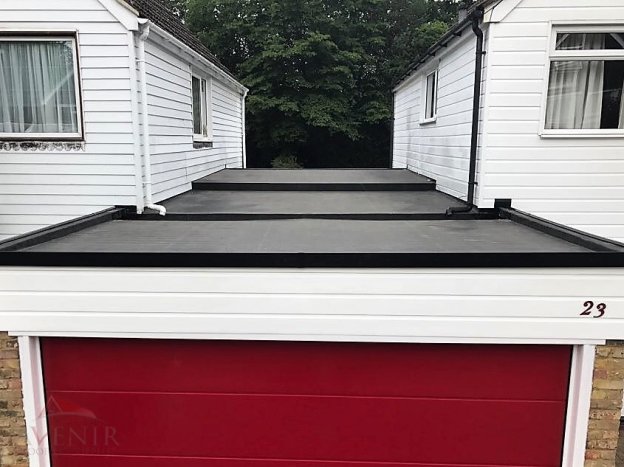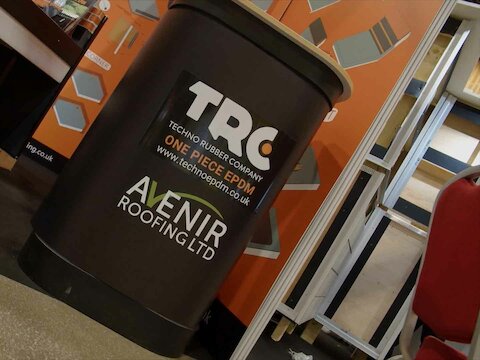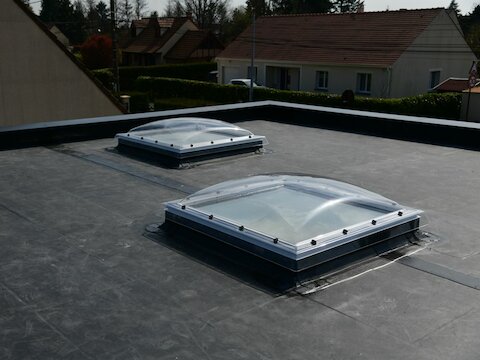What’s the Difference Between a Cold Roof and a Warm Roof?

When it comes to a flat roof, there are two ways in which you can insulate it. Unlike traditional pitched roofs, there’s no loft space in which material can be fitted. Instead, when flat roofs are insulated, those materials are laid between the ceiling and the roof membrane. Thanks to this, heat loss is reduced and there is a barrier between your home and the outside, meaning that temperatures that are too hot or too cold are blocked from entering.
How to Insulate Your Flat Roof
If you’re unsure of the differences between a cold roof and a warm roof insulation, then keep reading. In our latest blog post, we go into detail about the differences. Knowing the facts is one way to make your life easier as you’ll know what to look out for when insulating your flat roof. And with temperatures set to drop, you want to do everything you can to keep your property warm this winter.
Cold Roof
Despite its name, a cold roof isn’t actually cold. This leads many people to wonder where it gets its title from. Well, although the majority of the ceiling below is well insulated, the roof structure (rafters) are uninsulated. This means that on a chilly day in winter, the cold temperatures will conduct through the rafters and into the room below.
This is a technique where insulation is laid between the roof’s rafters. Since the only thing between rafters is empty space, this is a relatively low impact way to insulate your roof.
This type of insulation system can be ventilated or not ventilated. If you choose to not ventilate the roof, you must make sure that a breathable membrane is placed between the insulation and the structure.
Though a great option for insulating a flat roof when it’s first created, it may not be the best method if you’re looking to insulate an existing flat roof. This can become a time-consuming process as the surface already there will need to be completely ripped up so that you can gain access to the rafters.
Warm Roof
Unlike the cold roof insulation process, the warm roof insulation is where insulating materials are laid on top of the existing surface. This procedure results in the entire structure of the building being kept warm. An insulation layer will be above the rafters as well as immediately below the weatherproof membrane, which could be something like Firestone RubberCover.
Essentially this becomes a breathable roof construction, providing moisture with a place to escape. This, in turn, reduces the risk of damp and decay from destroying the roof’s deck. What’s more, a warm roof allows heat to be conserved within a property without a ventilation system needing to be installed.
The Breakdown – Warm Roof vs Cold Roof
There are pros and cons to both a warm roof and a cold roof. However, it must be pointed out that a cold roof requires more work and isn’t as thermally efficient as a warm one.
A warm roof is much easier to install, offers great thermal performance and can also add height to the flat roof. However, due to this additional height, warm roofs cannot be used on balconies or extensions with doors leading onto the roof. If this is the project you’re working on, a cold roof may be favourable.




